Major Marine Tours offers glacier and wildlife day cruises into Resurrection Bay and Kenai Fjords National Park, and whale watching is a highlight of every one of our tours. From species-focused tours like our Orca Quest Cruise, to whale watching and tidewater glacier viewing on our Kenai Fjords National Park Cruises, finding whales is always one of our top priorities. These massive marine mammals exhibit different behaviors based on the season and are always a marvel to see in the wild.
Here are some of our top whale watching tips to help you make the most out of your cruise:
We see several species of whales throughout the year. The majority of the whales that we see are migratory, and the best chance of seeing these whales is during their peak season in Alaska.
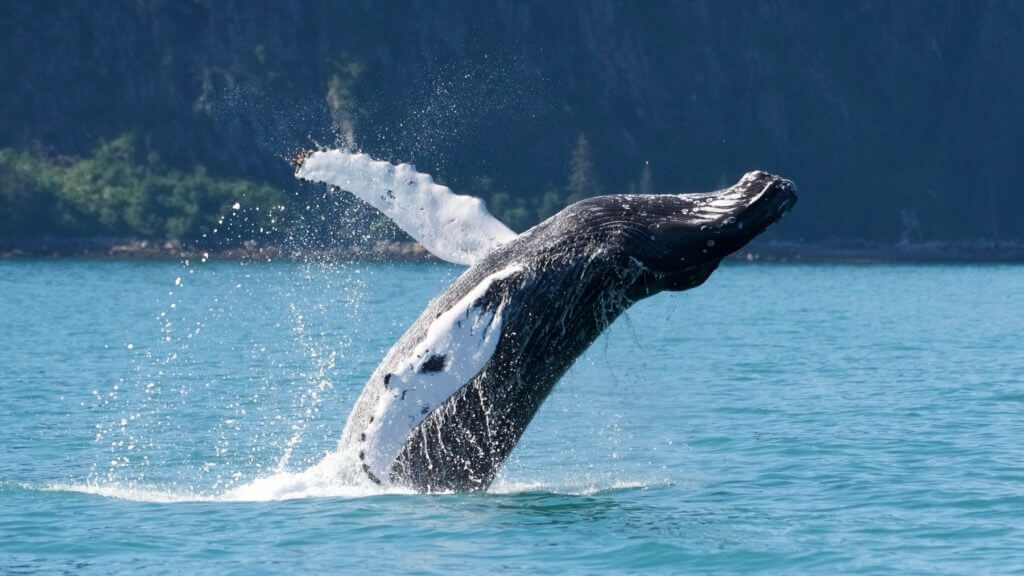
Humpback whales migrate to Hawaii, Baja, and occasionally Japan during the winter months to breed in waters that have less risk of predation. Each spring humpback whales leave their breeding grounds and head to Alaska, swimming for 6-8 weeks nonstop, arriving in Alaska in April and May. Recent trends have shown peak humpback whale season to be from May to July, with most humpbacks traveling south to warmer waters in October. However, we do see humpback whales outside of this peak time as their migration can be spread out. Also, some humpbacks do not migrate and can be seen in the area year-round.
Best cruise for humpback whale watching: Any summer cruise, though our full-day Kenai Fjords National Park Cruises offer the best chances since they spend more time on the water.
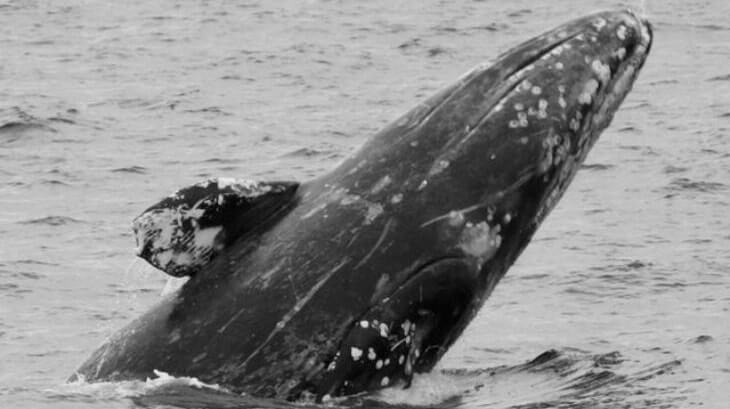
Gray whales migrate over 5,000 miles from Baja to their summer feeding grounds in the Bering and Chukchi Seas each year. These whales begin migrating north in late February and travel by “line of sight,” meaning that they travel close to the coastline on their migration. Gray whales arrive in Alaska in the spring, spending the summer feeding in shallow Arctic waters before migrating south in mid-October. They pass through Kenai Fjords on their way north, and the best time to see them is in April and May.
Best cruise for gray whale watching: Spring Wildlife Cruise
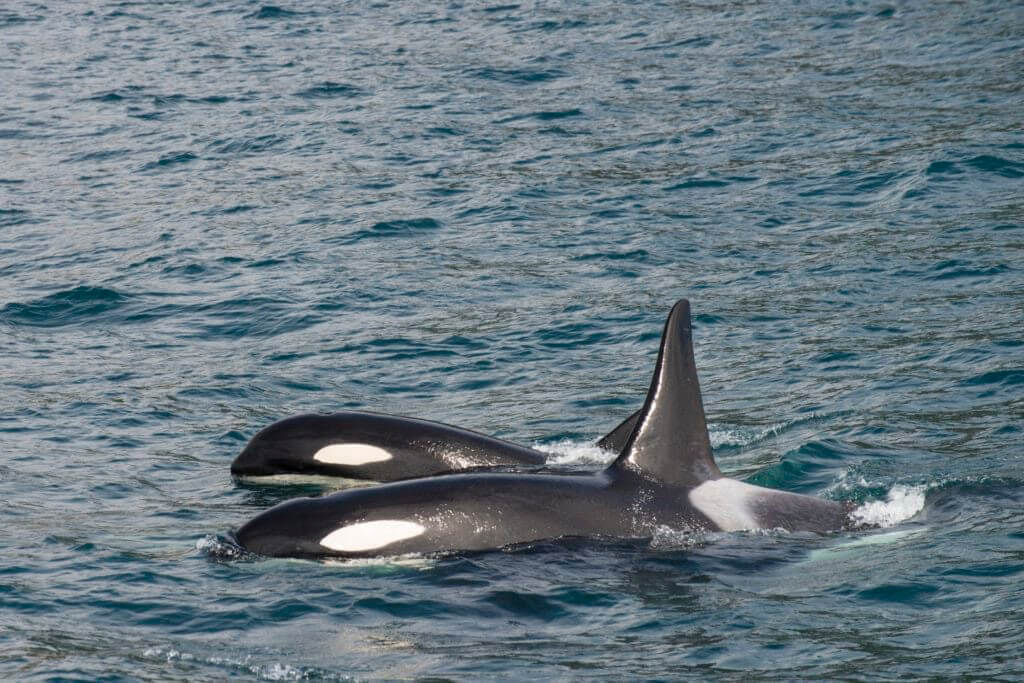
Orca whales do not migrate, but less is known about their whereabouts during the winter months. Researchers believe that they head further out to sea in search of food. Peak season for orcas aligns with the salmon run in the Seward area. The best time to see orcas is from mid-May to mid-June when the king salmon return to spawn. Since orca whales do not migrate and they have a widespread geographic range, sightings outside of the salmon run are less predictable than other species. Last season, we saw orcas throughout the summer and even well into September.
Best cruise for orca whale watching: Orca Quest Cruise

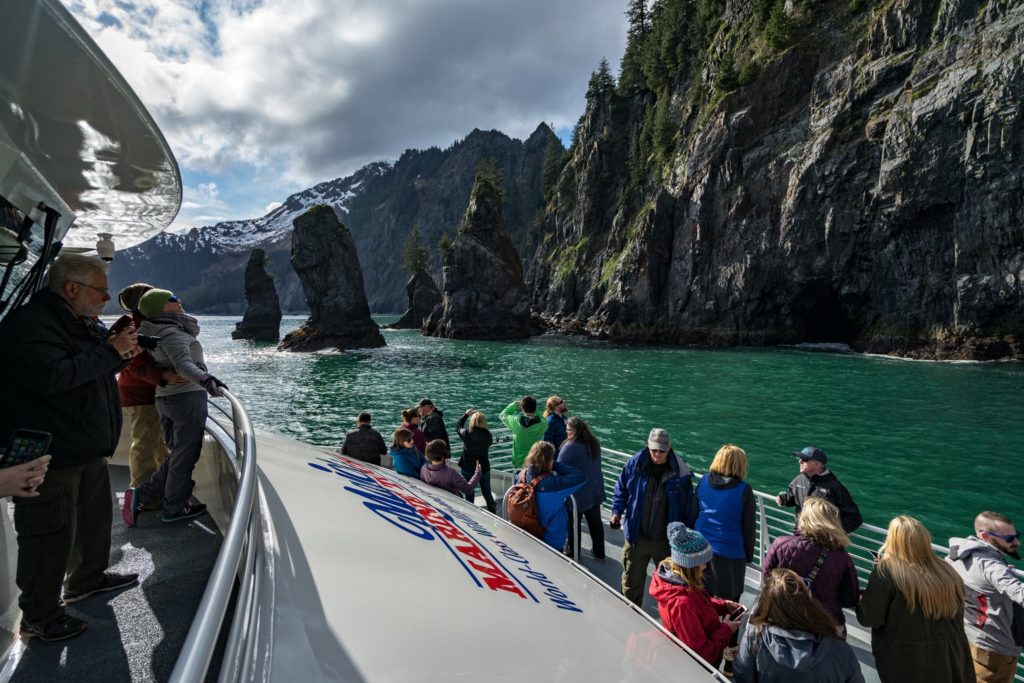
The best place for whale watching is always on the outer decks. To maximize your comfort while whale watching, we strongly recommend dressing in layers and bringing waterproof gear. This is especially true for our Spring Wildlife Cruise, as spring temperatures in Alaska can be quite cold. The whales will come out rain or shine, and we always recommend being prepared for any type of weather. You can always spend time in our heated cabins or enjoy a hot beverage to warm up!
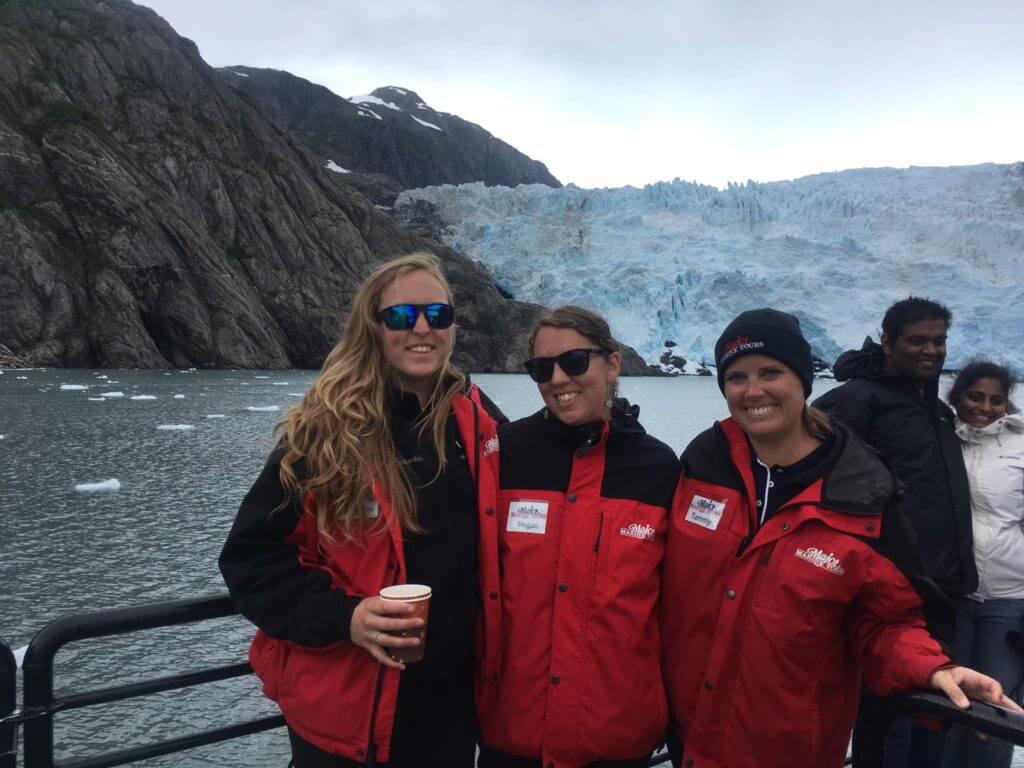
The captains, crew, and onboard naturalists are your best sources of knowledge about recent wildlife sightings and what to look for. Whether behind the bar or out on the bow, the crew will be more than happy to answer all of your questions and give you their favorite whale watching tips.
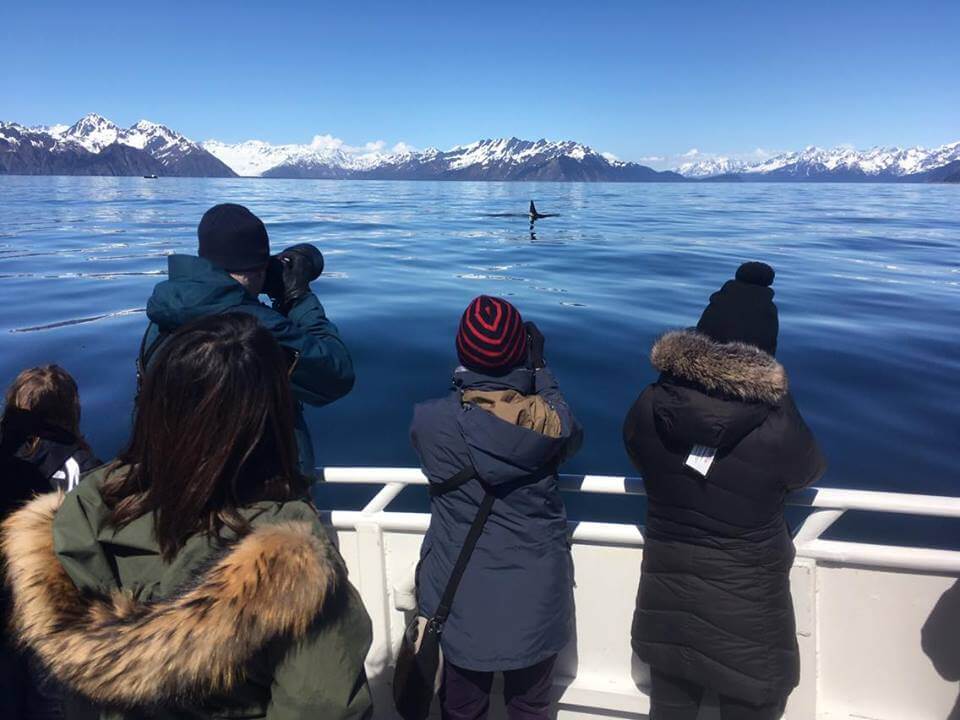
Whether you are an expert photographer or an iPhone amateur, you are sure to get some great shots from the boat. To ensure you get the best whale photos, make sure to have your camera in hand and fully charged. You won’t have cell service in the fjords so we recommend putting your phone on airplane mode to save the battery for all of your photos. If you are on your phone, we always recommend to setting it to video mode to be able to catch the whales surfacing, breathing, diving, or breaching.
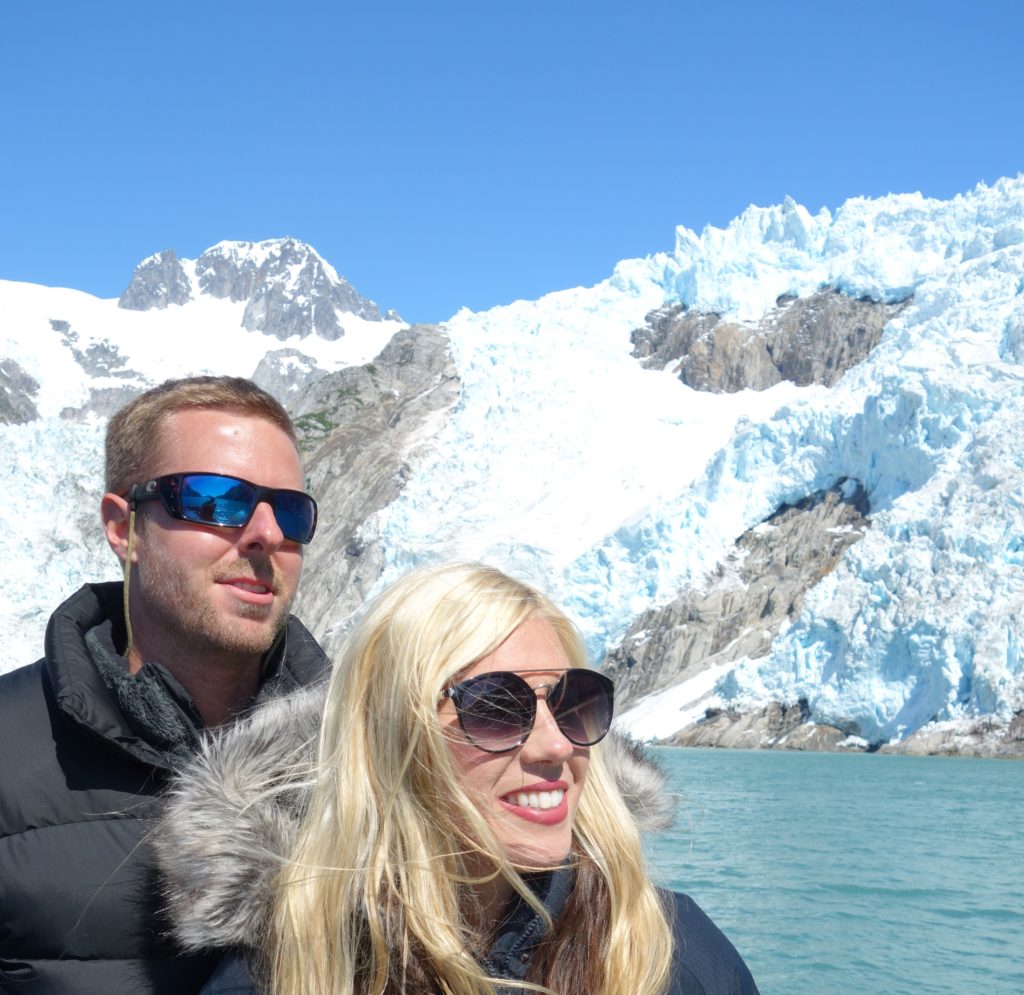
Step back from your viewfinder at least once to take in the wildlife and just enjoy it. With the steep mountainous backdrops, the large open expansive of the ocean, and the abundant wildlife you will be viewing, it is impossible to take it all in without using all of your senses. It’s important to put the camera down for a bit to thoroughly appreciate the experience.
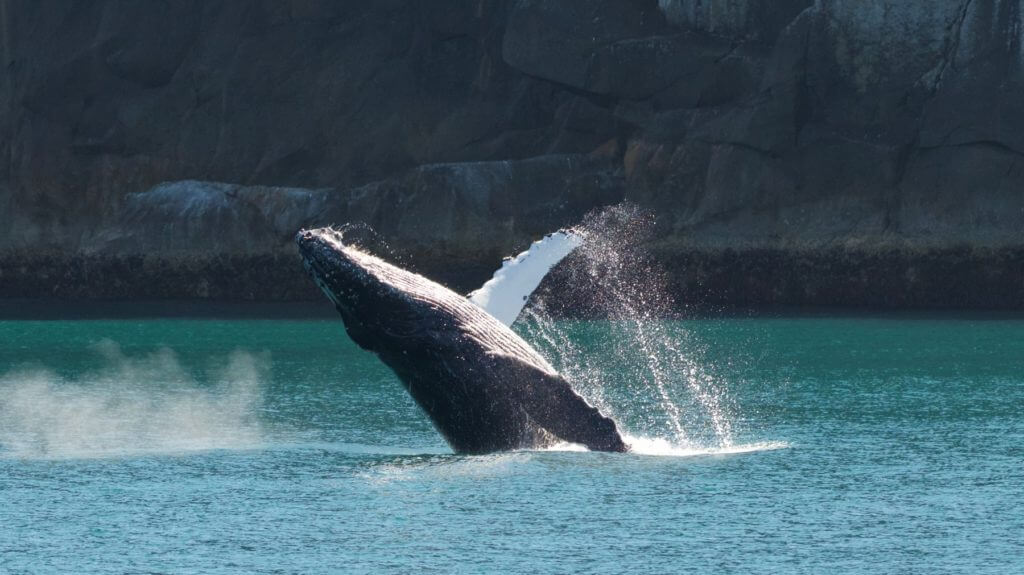
Whales are mostly unpredictable, but once you have a grasp of a particular whale’s behavior you can better anticipate its next move. The humpback whales that we see have an average down time of 3-8 minutes, so it is important to be patient. The minute you decide to go back into the cabin is when the whales usually pop back up. Take note of what direction the whale was traveling when you last saw it and keep an eye out in that direction. The captain will move the vessel so each side of the boat gets the best possible views, so choosing a viewing location and staying there will pay off. The onboard naturalists and captain will also help by sharing their predictions of where the whale will pop up next.
Signup for our newsletter to get the most recent Major Marine updates.